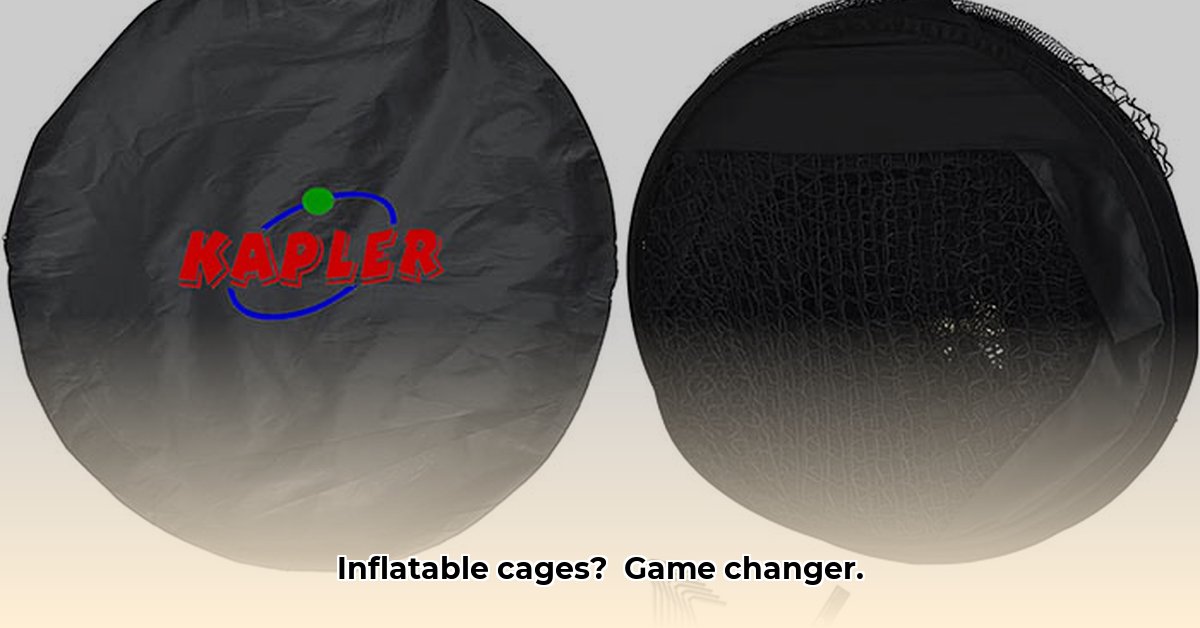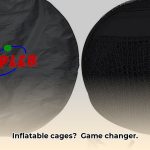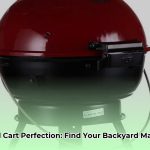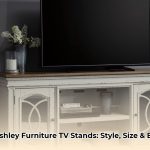Choosing the Right Batting Cage: A Comprehensive Guide
Investing in a blow-up batting cage can significantly elevate training, whether you’re coaching Little Leaguers or seasoned pros. This guide simplifies the process of choosing the right cage, covering everything from size and material to setup and maintenance.
Size and Type: Finding the Perfect Fit
Selecting the correct size is crucial for an effective and enjoyable batting experience. Consider who will be using the cage and the type of training they’ll be doing. Younger players may thrive in a standard 20-foot model, while high school or college athletes might require a longer cage to accommodate their power and practice game-like scenarios.
Dimensions: Measuring Up
Cage length is paramount. Twenty feet is a common starting point, suitable for many training scenarios. However, the beauty of modular designs, offered by companies like Rude American USA and All Sports Inflatables (ASI), is the ability to connect multiple 20-foot sections. This allows for customized lengths of 40, 60, or even 80 feet, catering to diverse training needs. ASI also provides 20-foot cages with varied widths and heights, enhancing flexibility. For those seeking maximum space, some manufacturers, such as InflatableBattingCage.com, offer large 40-foot options.
Here’s a comparison of popular options:
| Brand | Model | Dimensions (L x W x H ft) | Notes |
|---|---|---|---|
| Rude American USA | Standard 20ft | 20 x 16 x 12 | Good starting point, likely sufficient for individual practice |
| Rude American USA | PRO 20ft | 20 x 18 x 13 | Extra width and height, probably better for pitching practice |
| Rude American USA | PRO XL 20ft | 20 x 20 x 14 | Maximum space in a 20ft model, potentially good for small group drills |
| All Sports Inflatables (ASI) | 20ft | 20 x 17 or 20 x 12 or 14 | Offers variety in width & height, suitable for various needs |
| InflatableBattingCage.com | 40ft | Two 20ft sections | Ideal for serious hitters needing more space, possibly suitable for team practice |
Material Matters: Built to Last
Durability is essential for a worthwhile investment. Most cages are constructed from heavy-duty PVC tarpaulin designed to withstand regular use and outdoor conditions. The netting, typically PVC or nylon, is engineered to stop hard-hit balls. However, proper care is crucial for longevity. Avoid dragging the cage across rough surfaces and ensure proper inflation to minimize stress.
Setup, Portability, and Maintenance: Key Considerations
Effortless Setup
Setting up an inflatable batting cage is surprisingly simple. Most include a high-volume blower for rapid inflation and anchor stakes for stability. The process generally involves unfolding, inflating, and securing.
Convenient Portability
Portability is a major advantage. Consider the cage’s weight, packed size, and how easily it folds for storage. Some models even come with carrying bags or wheels.
Essential Maintenance
Regular cleaning and proper off-season storage are essential. Protect the cage from extreme weather conditions to maximize its lifespan. Minor repairs can often be handled with a patch kit, while more significant damage might require contacting the manufacturer.
Pricing and Brands: Navigating the Market
Inflatable batting cage prices vary widely, influenced by brand, size, features, and materials. Consider your budget and prioritize features that align with your training objectives.
Top Brands
- Rude American: Known for value, offering a good balance of price and quality. Their sealed-air design contributes to quick setup and takedown, and their elevated bottom rung enhances safety and stability. A lifetime warranty on the seams adds value. Contact them for a quote.
- InMotion: Focuses on customization, allowing for personalized logos and colors. While also employing a sealed-air design, some users report slightly less stability. Expect a higher price point than Rude American.
- Other Options: Aircel is another reputable manufacturer, but detailed information can be difficult to find. Online marketplaces like Amazon and eBay offer a variety of cages, often at budget-friendly prices. However, with these, thorough research is vital. Examine seller ratings, read reviews, and carefully analyze specifications. While not inflatable, brands like Batting Cages Inc. and FORZA offer traditional or pop-up cages, providing alternatives.
| Brand | Price Range | Key Features |
|---|---|---|
| Rude American | Contact for quote | Sealed-air design, elevated bottom rung, lifetime warranty on seams |
| InMotion | $$$$ (High four figures) | Customizable, sealed-air design |
| Aircel | Information scarce | Reputable manufacturer |
| AIR tight (Amazon) | $$ (Mid-range) | Online availability, research recommended |
| Generic (eBay) | $-$$$ (Variable) | Wide range, thorough research crucial |
Beyond Brand and Price
Consider space availability, including necessary safety clearances. Prioritize durable materials, such as thick PVC with reinforced seams, and look for UV resistance for outdoor use. Easy setup, takedown, and portability are important for convenience.
Additional Features and Safety
Some cages offer features like pitching machine openings or internal baffle nets for enhanced training. Always prioritize safety. Supervise children, encourage proper batting techniques, ensure appropriate safety gear, and regularly inspect the cage for damage.
By carefully evaluating your needs and exploring the available options, you can choose the ideal inflatable batting cage to elevate your batting practice to the next level. While this guide provides comprehensive information, remember that research and innovation are ongoing, so explore the market and consult manufacturers for the most up-to-date details.
- Blow Up Batting Cages: Your Complete Guide (2024) - April 6, 2025
- Best Blinds for Lounge Rooms: Your Ultimate Guide - April 6, 2025
- The Best Battery Picture Lamps for Effortless Artwork Illumination - April 1, 2025










